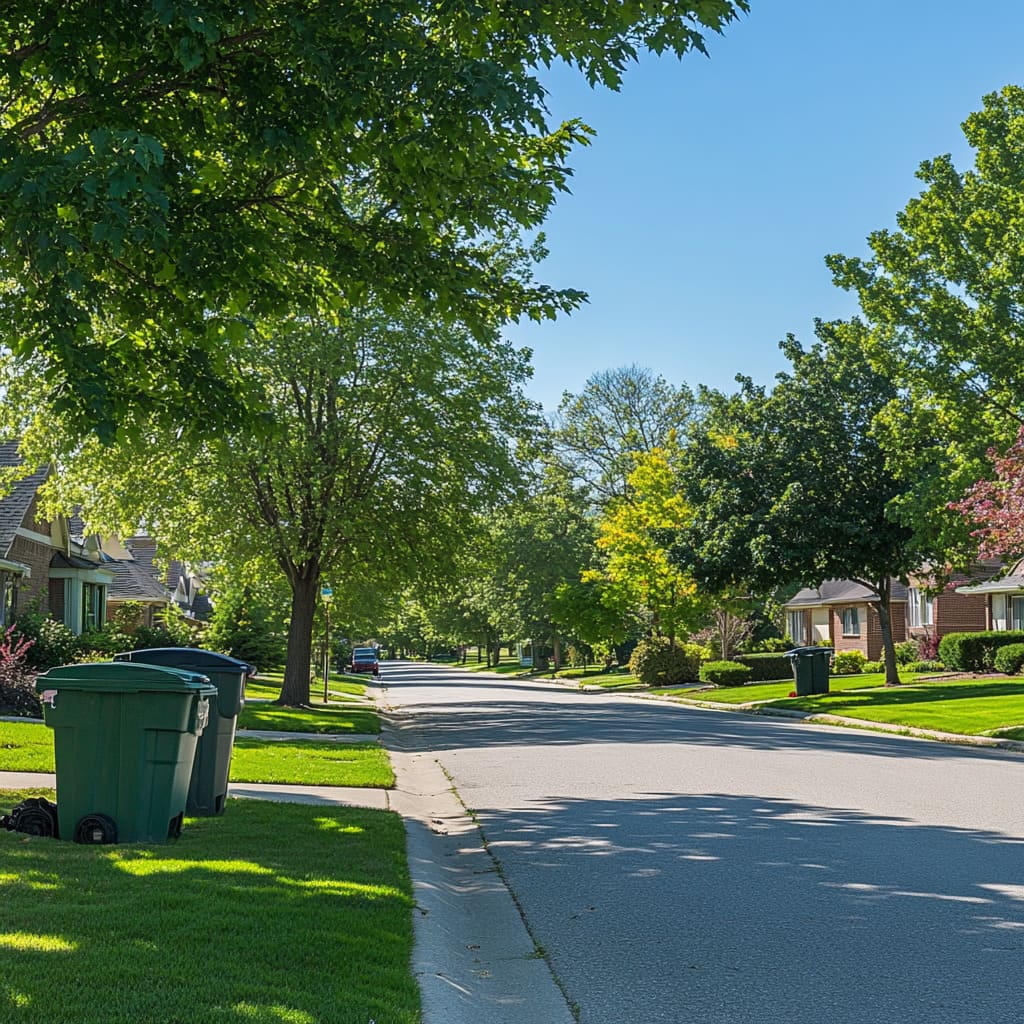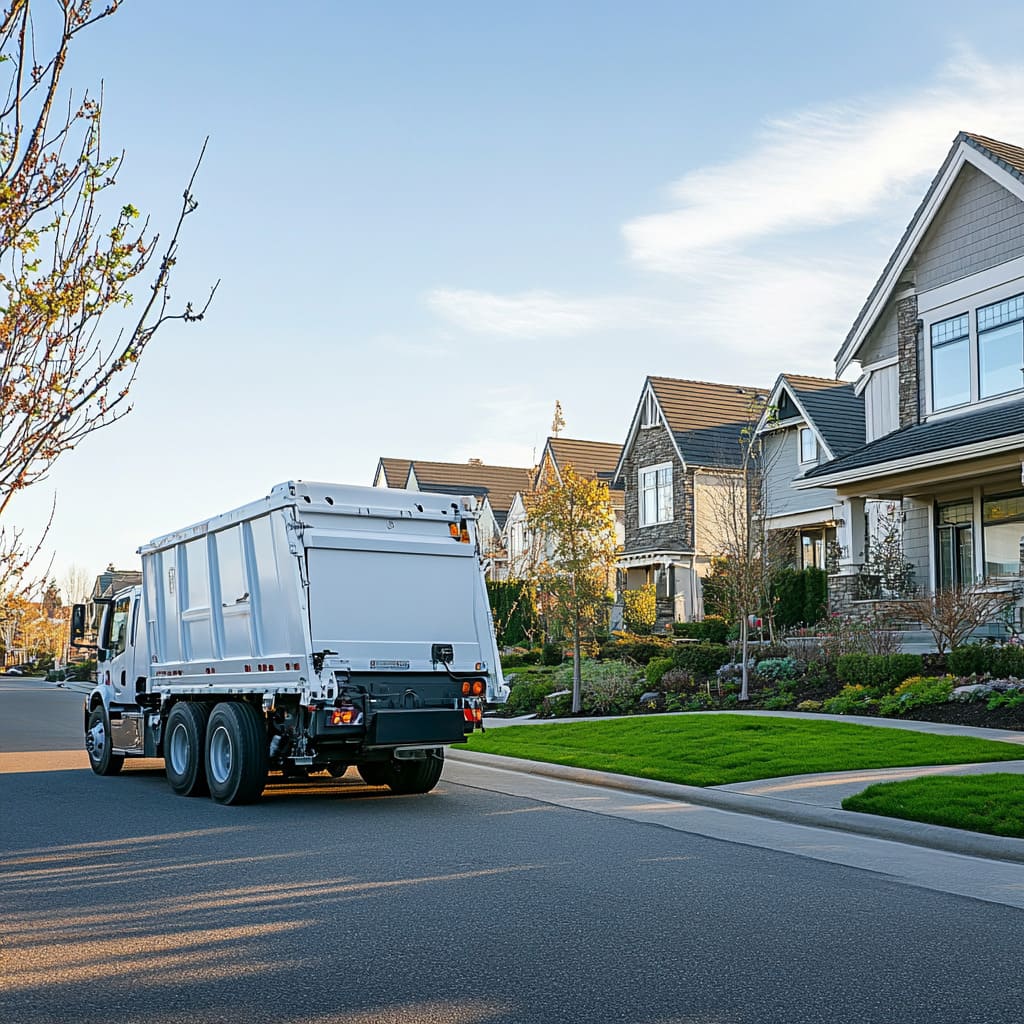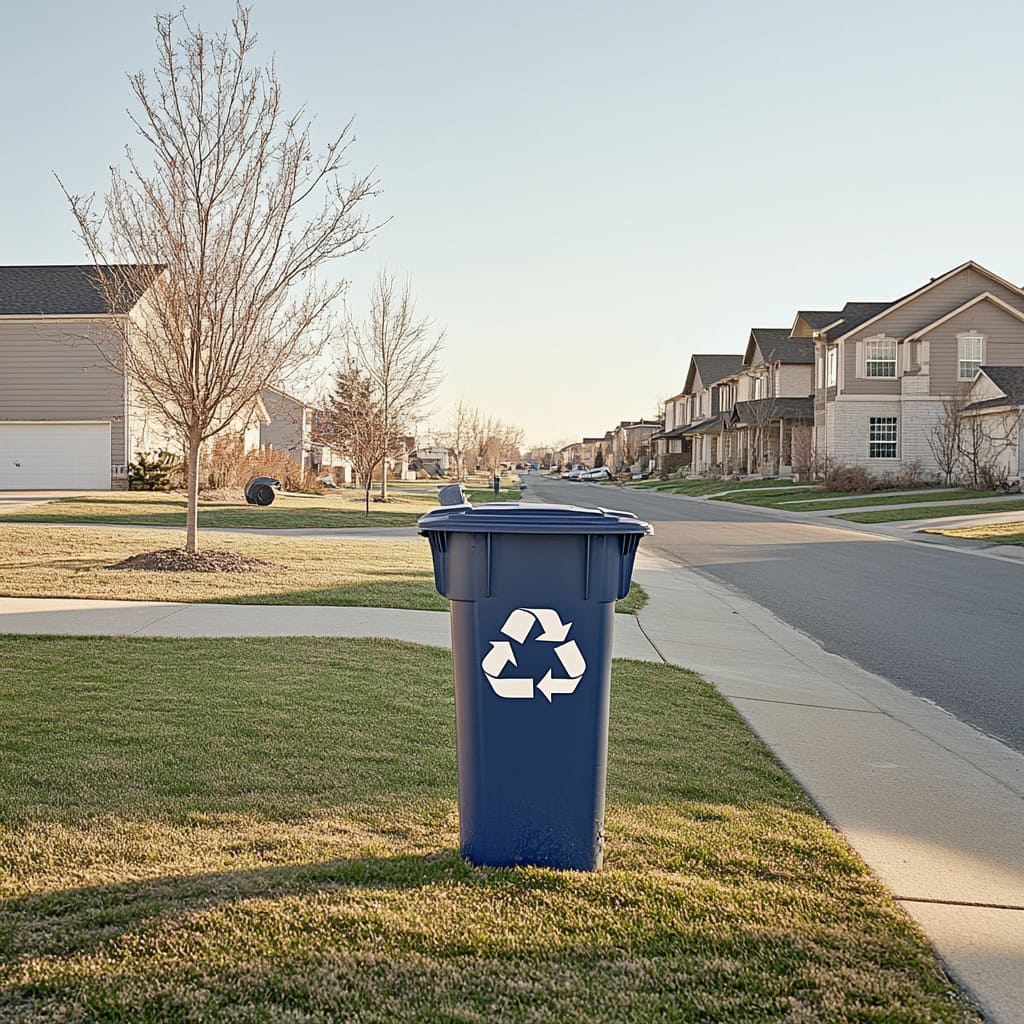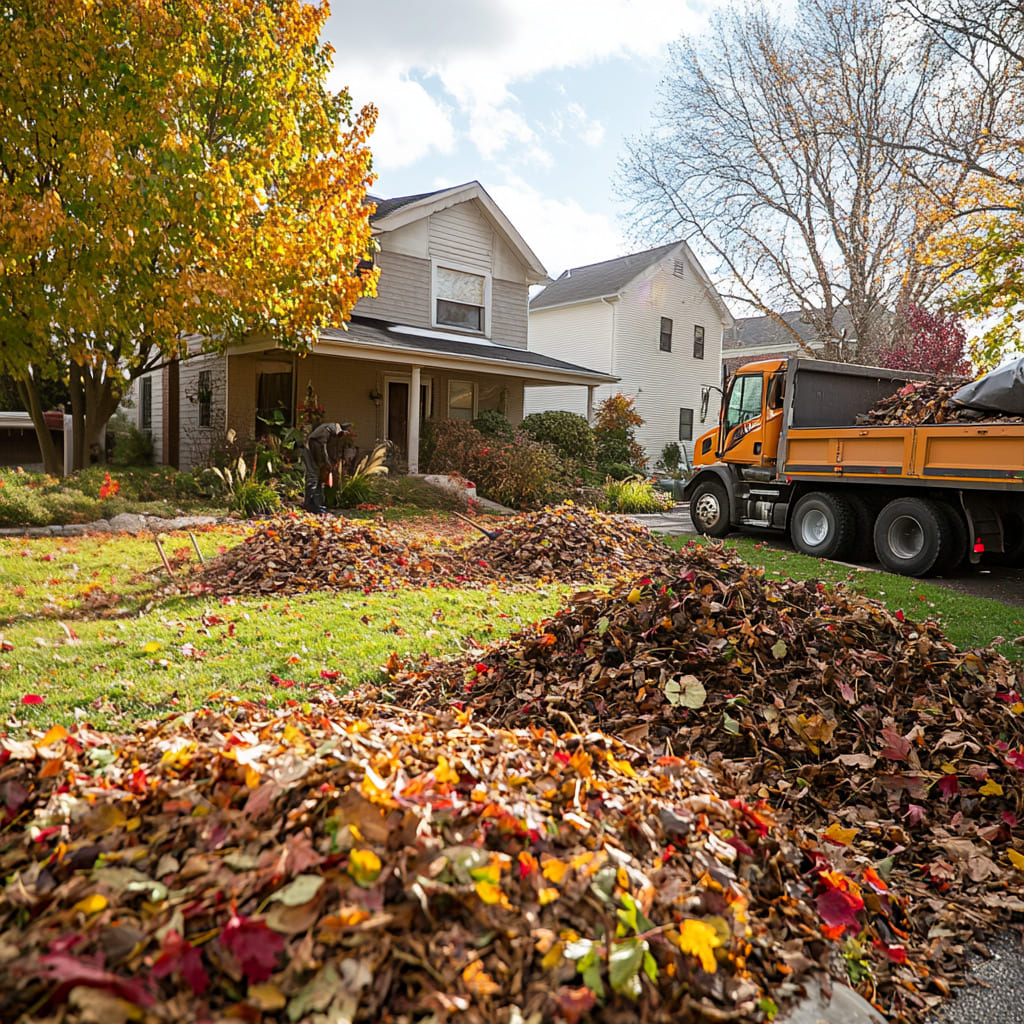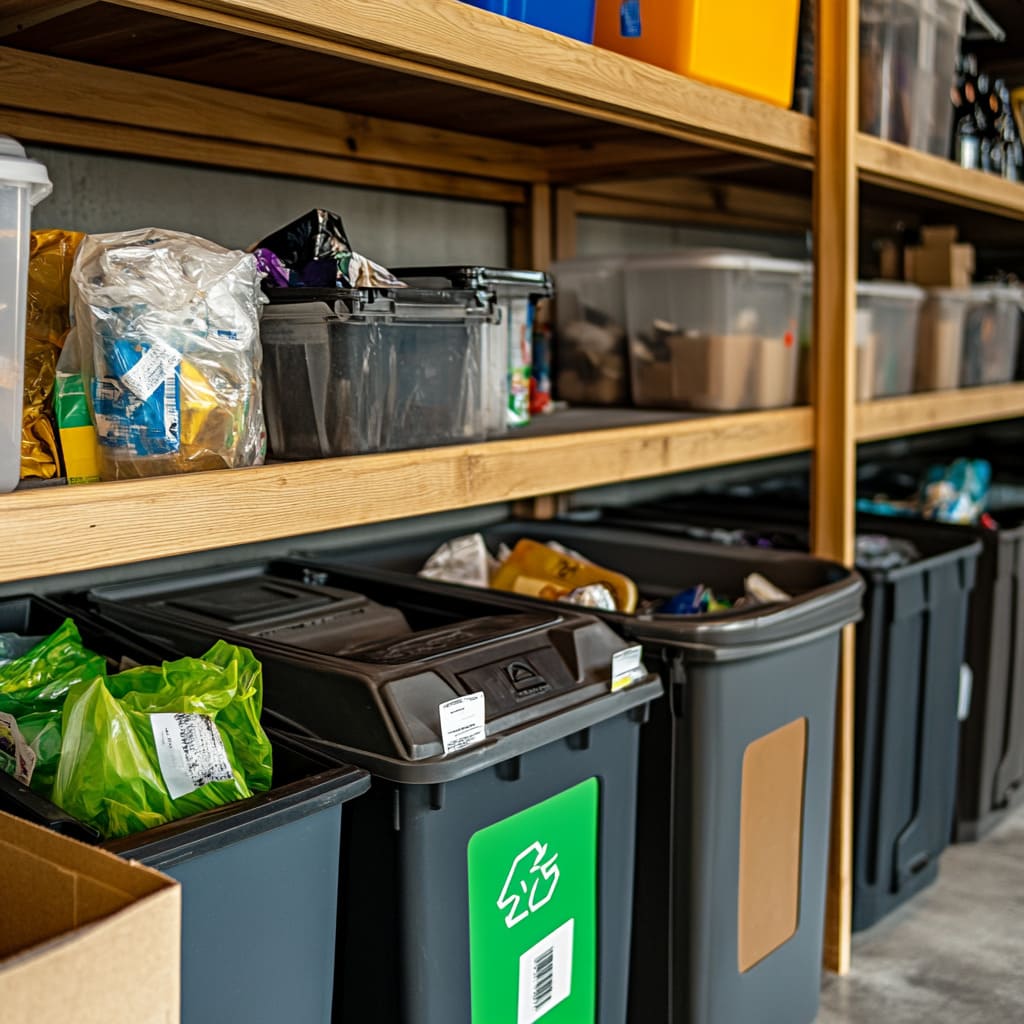If you’re concerned about the cleanliness of your neighborhood, you are not alone. Overflowing rubbish bins and accumulating waste can present both an eyesore and a health risk.
Keeping your surroundings clean is not just beneficial to you, but to your entire community as well. The key element in addressing this issue lies in implementing effective rubbish clearance strategies.
From regular pickups to responsible disposal, the right plan can make a world of difference. For most citizens, outsourcing this task to a professional agency is an ideal solution.
Dirt Cheap Rubbish Removal comes with a promise of reliable and efficient trash removal, designed to maintain the cleanliness of your neighborhood. With their services, enhancing the cleanliness of your community could be simpler than you think
Effective Rubbish Clearance
Effective rubbish clearance can significantly boost neighborhood cleanliness. It’s a critical aspect to maintain a clean, healthy environment in your local area.
Importance of Clearance
Professional clearance services ensure timely removal of waste. Not only does this improve the visual appeal, but it also minimizes health risks associated with waste accumulation.
Moreover, these companies have tools and vehicles for effective disposal and recycling, minimizing environmental impact.
Choosing the Right Service
Selecting an appropriate service is essential.
Different services offer various capabilities, so it’s best to choose one that suits your specific needs. An ideal service will manage all types of waste, have clear pricing, guarantee disposal in environment-friendly ways, and provide excellent customer service.
The Role of Recycling
Recycling is at the heart of effective rubbish clearance. An efficient service will sort different materials for recycling, thus reducing landfill additions.
By selecting such a service, you’re directly contributing to resource conservation and a greener planet
Determining Removal Needs
Your initial step is to determine the types of waste in your neighborhood. Understand the breakdown of waste volumes including any hazardous materials involved.
It’s critical to ensure environmental and regulatory compliance. Compliance with local, state, and federal regulations is a must when dealing with waste management.
- Geographical Constraints: Identify locations that generate heavy waste and ensure proper transportation for waste removal
- Availability Issues: Determine the current capacity for waste handling and future scope for expansion or capacity increase
- Disposal Options: Explore different methods—landfills, incineration, recycling—for effective disposal. Address pretreatment requirements and any special processing needs
- Analyze Networks: Existing partnerships or affiliations can influence the quality of service provided so their reliability should be assessed carefully
Prioritize safety records which highlight incident rates and accident history, ensuring regular compliance audits are made.
Pay attention to customer feedback on service quality. Evaluation of financial stability is crucial.
Assessing financial statements and insurance coverage can provide insight into a clearance service’s creditworthiness and liability coverage. Make time to visit facilities and meet management.
First-hand observations give a comprehensive understanding of operational procedures and key performance indicators
Scope of Waste Handled
Effective rubbish clearance services handle diverse waste types, totaling approximately 250 million tons each year. On average, about 150 million tons are recyclable.
Despite the numerous methods of rubbish disposal, each comes with its downsides. Incineration, for example, is costly and leads to CO2 pollution, an environmental stressor.
- Methane Release: Landfills might seem like a practical solution, but they contribute to airspace pollution by releasing methane, a potent greenhouse gas.
- Disease Vectors: Discarded tires can inadvertently serve as breeding grounds for disease-transmitting mosquitoes, compounding public health concerns.
- Power Generation from Waste: With proper processing, waste can produce electricity by capturing and burning methane. The resulting steam powers turbines, generating electricity.
- Composting Challenges: While composting enriches garden soils organically, it can also become an unsightly pile emitting unpleasant odors as it decomposes.
These challenges underline the importance of increasing recycling efforts to manage per capita waste generation more efficiently. These facts shed light on environmental management strategies.
Besides recycling and composting, innovative solutions that offer both public health benefits and environmental sustainability need to be continually explored and implemented
Efficient Removal Approaches
Keeping neighborhoods clean means actively removing rubbish. Along with traditional methods, efficient rubbish clearance should integrate advances in Carbon Dioxide Removal (CDR).
Sustainable Rubbish Clearance
Inspired by the 2015 Paris Agreement goals, neighborhood initiatives can limit local temperature increases. They actively help reach a reduction of greenhouse gasses in their precincts.
Technologies for Rubbish Clearance
Afforestation and soil carbon sequestration are effective technologies for reducing neighborhood waste. Additionally, blue carbon initiatives sequester waste in forests, wetlands, and oceans.
Converting Rubbish into Gold
Capturing and converting CO2 into valuable items like chemicals or building materials is another method. Carbon Capture and utilization turn litter into resources.
The Possibilities of DAC
Direct Air Capture (DAC) removes CO2 directly from the atmosphere. It has varied uses such as Enhanced Oil Recovery (EOR) or secure underground storage.
Keeping your neighborhood clean involves an effective rubbish clearance strategy. An essential factor to consider in this is the cost of rubbish removal services
Rubbish Removal Pricing
The price of rubbish removal can vary significantly, ranging from an average cost of $100 up to $800. Some factors that influence this price include the location, the size, and weight of debris.
Types of Junk
The type of junk is also a key consideration. The removal of certain materials, such as hazardous waste, can incur additional costs due to their handling requirements.
Labor and Disposal Costs
Labor hours and disposal costs also play a part in determining the overall cost. Full-service junk removal can reach an average of $800 for a full truckload.
Dumpster Rental Costs
If you have smaller projects, dumpster rental might be more suitable. The average cost for a small dumpster is about $65, enough space for half a ton of junk.
User Experiences
Previous users often share their experiences with various services. For instance, some reported spending $260 for 3/8 truckload of home renovation waste removal.
Effective rubbish clearance not only contributes to maintaining cleanliness but also helps in promoting a healthier environment for you and your neighbors
Waste Segregation and Recycling
Plastic is a major global pollutant. In the past two decades, its production rate has doubled yet, only a limited amount gets recycled.
This unsettling data originates from a study by Lourens Meijer et al. (2021).
Similar results have been reported in earlier studies as well. The issue is prominent worldwide.
In Europe, a majority of plastic ends up being incinerated while 75% plastics in the United States go to landfills.
- Awareness: Many individuals are unclear about the recycling process – what, where and how to recycle.
- Infrastructure: Despite the growing waste stream, America’s recycling infrastructure has fallen behind drastically.
- Markets: The domestic markets specifically for recycled materials need to be developed extensively in the United States.
- Design: Consideration of recycled materials and their end-of-life management should be integrated into product and packaging designs.
- Measurement: Introducing consistent methodologies is necessary for improving the overall recycling system’s efficiency.
Promising moves have been taken towards efficient waste management but progress still needs acceleration.
The National Recycling Strategy prioritizes improving municipal waste recycling. The Draft Strategy formed for preventing plastic pollution further suggests practical steps which underline reducing, reusing, collecting, and captures of plastic waste.
EPA’s America Recycles Day reminds everyone annually of the importance of recycling. However, participating actively year-round is crucial for effective accomplishment of targets.
The United States is a signatory of the Basel Convention aimed at controlling transboundary movements of hazardous wastes but it still hasn’t become a Party to it. Common practices followed for waste management include curbside collection, drop-off centers, and buy-back centers.
These all play a vital role in neighborhood cleanliness. Effective recycling entails public education and proper sorting.
Around two-thirds of recycling costs are directly linked to the collection phase itself, confirming its importance. However, it’s still important that each one of us recognizes the significance of recycling.
It not only benefits our environment but our planet as a whole. By recycling materials, we make our environment healthier and safer for us and future generations.
It reduces the need for extraction and transport of raw materials. Besides decreasing air and water pollution and carbon emissions, recycling also helps save energy.
Indeed, effective rubbish clearance services enhance neighborhood cleanliness substantially
Legal Compliance Importance
Engaging effective rubbish clearance is a step towards legal compliance. As every neighborhood has standards to uphold, your actions have direct impacts.
You’ve got responsibilities not just to your environment, but also to the legal system that protects it. Ensuring proper waste disposal is essential.
| Legal Responsibility | Waste Management | Environmental Impact |
| Uphold community standards | Proper garbage sorting | Reduction in pollution |
| Non-violation of laws | Cleaner surroundings | Better quality of life |
| Fines avoidance | Rodent prevention | Sustainability for future generations |
| Show civic responsibility | Avoid illegal dumping | Maintain biodiversity |
Civic obligations expand beyond not littering the streets. As a responsible citizen, it’s your duty to sort and dispose of waste correctly.
Adequately disposing of your trash and recycling doesn’t just beautify your surroundings, but also contributes positively to environmental preservation efforts. Taking the reins on waste disposal responsibilities isn’t just about following rules.
It’s about cherishing your place of residence and the larger ecosystem. By aligning your actions with the law, you enhance communal living while contributing to environmental sustainability; it’s a win-win for both you and nature
Environmental Responsibility
Environmental responsibility is the duty everyone has to preserve and protect our natural environment, through actions aimed at reducing our impact on Earth.
What does environmental responsibility entail?
It involves practices like reducing waste, conserving energy and water, investing in renewables and promoting eco-friendliness in all aspects of life.
What are examples of environmental responsibility?
Examples include recycling waste, using public transport or biking instead of driving personal vehicles, and turning off electronics when not in use.
Are there examples of environmental responsibility in organizations?
Yes, Apple has achieved 100% renewable electricity and uses recycled materials in their products.
They also encourage suppliers to use clean energy sources.
How does practicing environmental responsibility help us?
It minimizes human impact on the environment while conserving resources, helping to secure a sustainable future for generations to come
Benefits of GPS Tracking
Businesses benefit significantly from GPS technology by enhancing operational efficiency through efficient fleet vehicle management. With real-time, data-driven decisions, companies streamline their logistics thanks to GPS tracking.
By observing driver behavior such as speed, acceleration, and braking, accidents decrease while safety increases. Businesses can significantly reduce fuel consumption and emissions by optimizing routes with GPS devices.
- Improved customer satisfaction: By providing more accurate delivery times and improving service response times.
- Theft reduction: GPS tracking aids in the speedy recovery of vehicles and provides detailed location information.
- Maintenance alerts: Regular maintenance reminders prolongs vehicle life and reduces downtime.
- Employee workload management: Manage work hours effectively to increase productivity and reduce labor costs.
Compliance with regulatory requirements becomes easier thanks to GPS technology reducing risk of fines and penalties. Companies gain access to detailed analytics with GPS tracking systems, making business operations more efficient — ultimately leading to increased revenue.
The transparency created with customers from real-time updates enhances their overall experience, building trust between you and your clients. You can create custom reports for specific business needs leading to effective planning and decision-making through GPS technology’s output data
Conclusion and Action
Transform your neighborhood’s cleanliness today with affordable, efficient, and environmentally responsible rubbish clearance services. By doing so, you contribute to a cleaner community and greener planet



